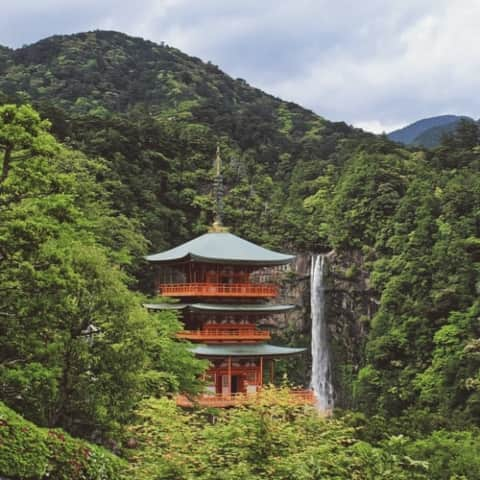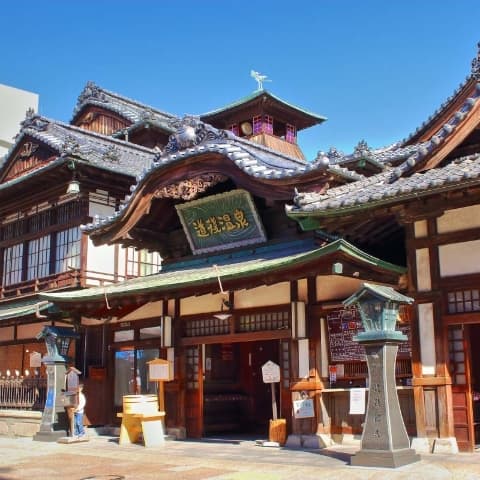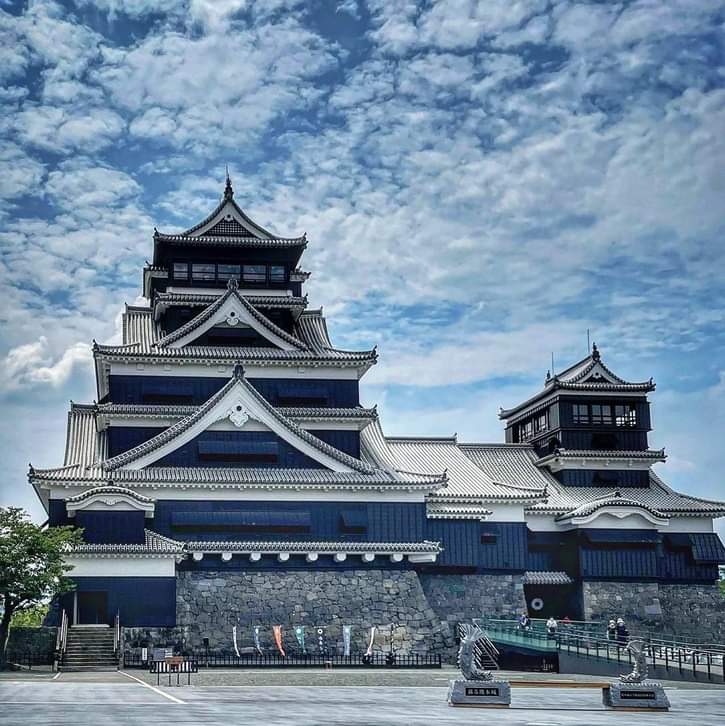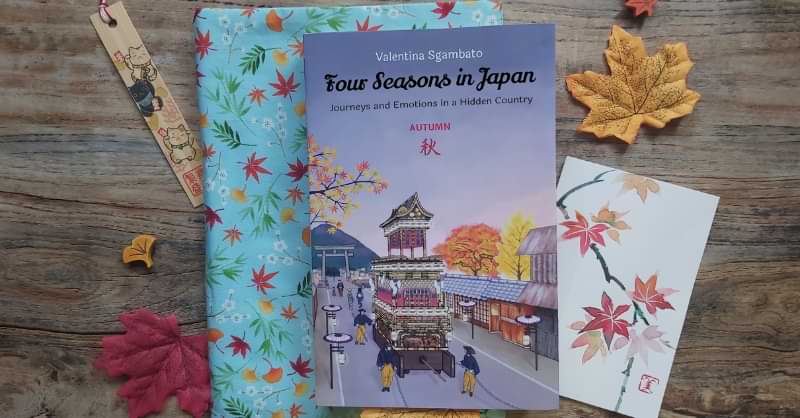Chūgoku Region Guide
Chūgoku is the southernmost region of Japan’s main island, with many sightseeing spots and cultural sites
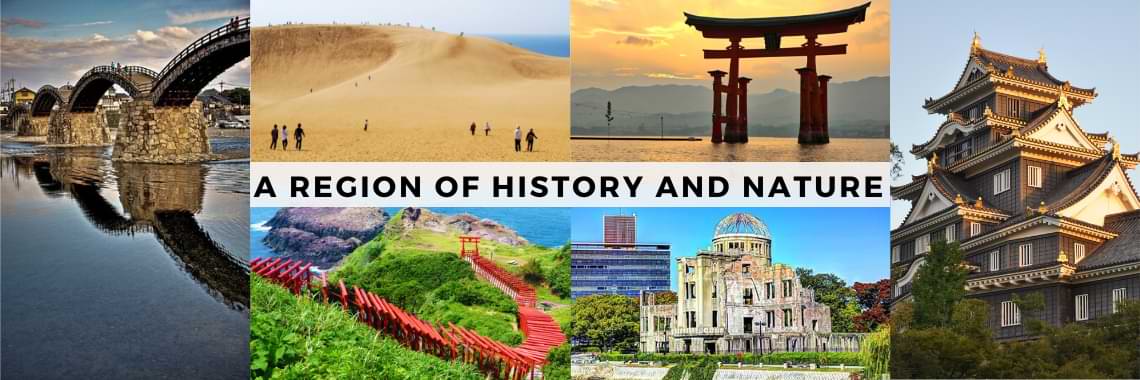
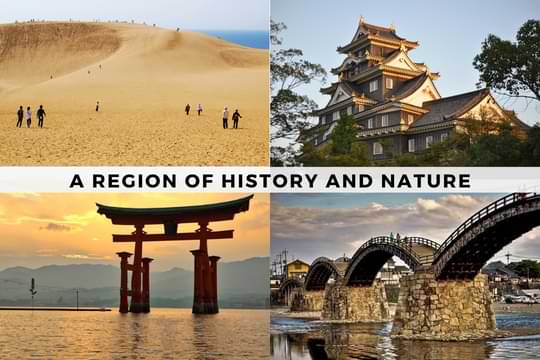
A remote region of Japan, out of the sight of tourists but with a lot of activities to offer: walking inside the Kōraku-en garden, tasting the delicious Hiroshima-yaki and crossing the Tottori desert are just a few of them!
In the following map we’ll bring you through the 5 prefectures of the region along with the main cities.
Best things to do in Chūgoku
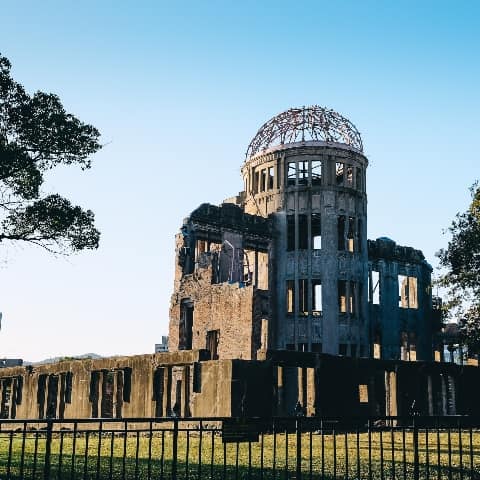
Heiwa Kinen-kōen
平和記念公園
Sad history is behind Hiroshima city: past errors does not have to be repeated and Hiroshima takes his burden to remember everyone how devastating war can be inside this Peace Memorial Park.
Inside the park are located different sites to remember the victims of WWII. Many of their stories can be listened through video and technical explanations inside the museum, place where relics of the time are kept.
Check it on Google Maps or visit the english website to know more.
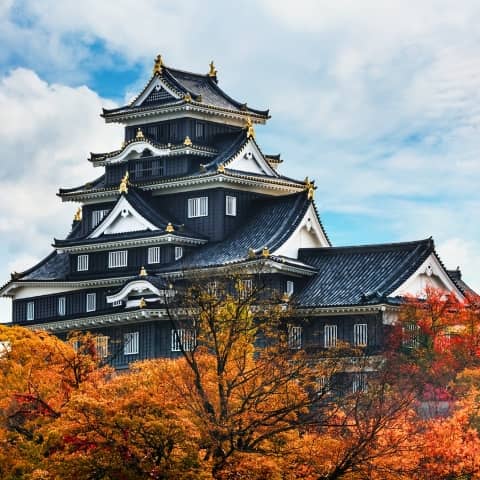
Kōraku-en & Okayama-jō
後楽園 & 岡山城
Ranking as one of the best 3 gardens in Japan, this is surely the most wonderful garden of the region, visited by over 800.000 tourists every year.
Built in Okayama city by feudal lords more than 300 years ago, the garden features wonderful flowers, like azalea and peony, as well as cherry and plum trees.
From the garden you can easily see the "Black Crow" castle watching over it, really impressive during the night time illuminations.
Check it on Google Maps or visit the english website to know more.
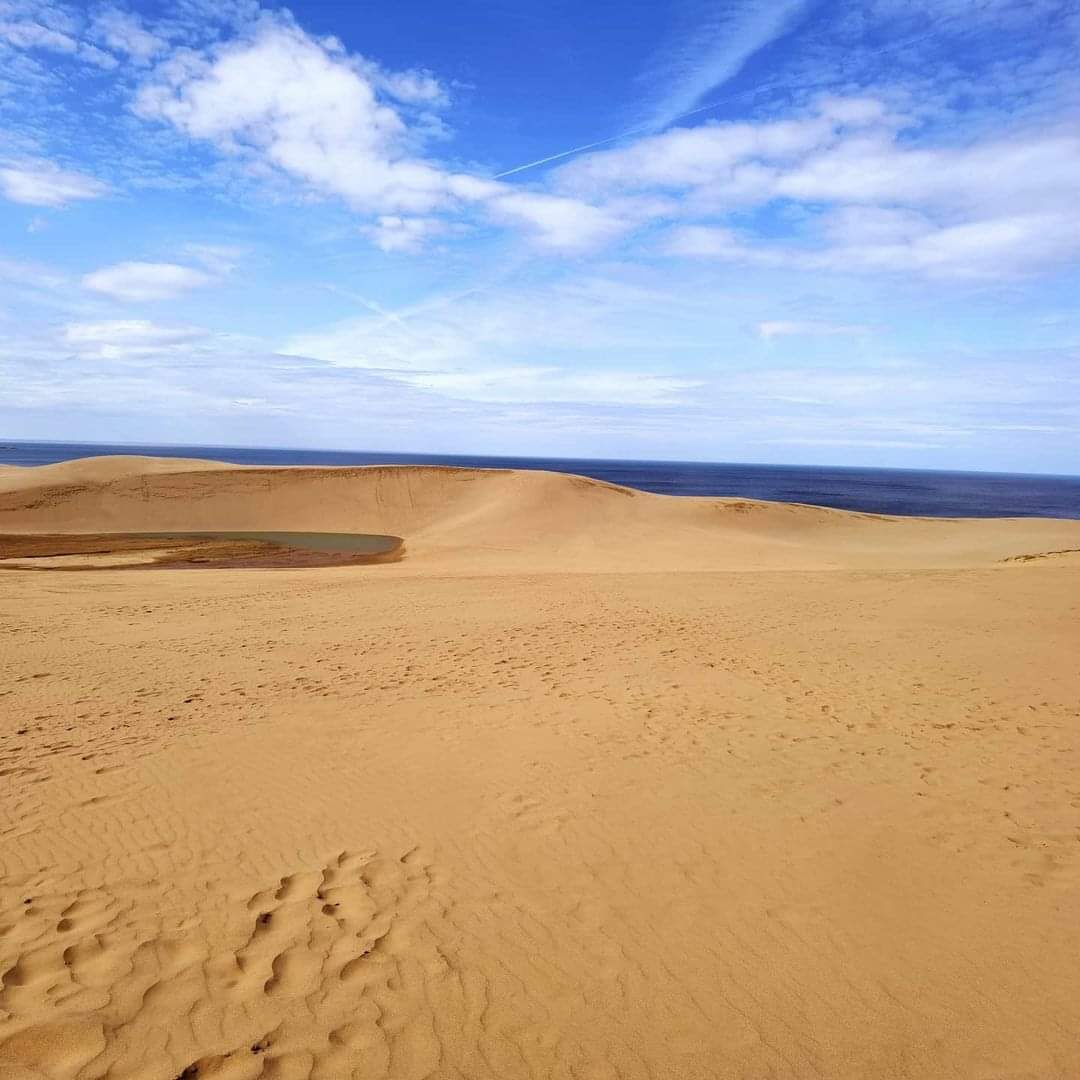
Tottori Sand Dunes
鳥取砂丘
The only desertic area of Japan is in Tottori, the biggest city of the least populated prefecture of Japan. Despite that, locals found an impressive resource in this sand, like paragliding or sand-boarding over the dunes.
Close to the sand dunes there is a sand museum where every year sand sculptors creates original artworks.
Check it on Google Maps or visit the official website (Japanese) to know more on sand dunes.
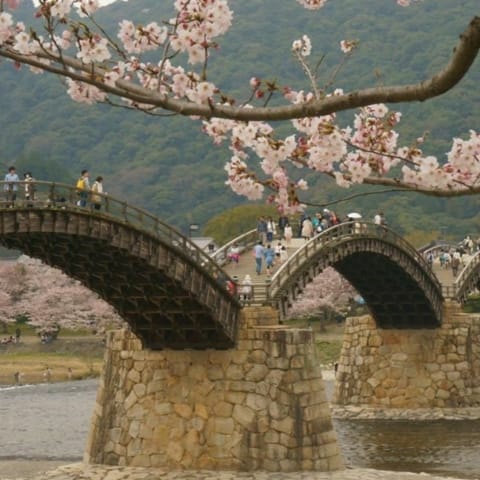
Kintai Bridge
錦帯橋
This ancient wood bridge on Yamaguchi prefecture has been designed as national treasure and is the pride of the locals.
Surrounding parks are full of sakura trees, attracting thousands of visitors from all Japan. After being destroyed by a typhoon in 1950, in 1953 the bridge has been rebuilt as it was before and restored around 2000.
Check it on Google Maps or visit the english website to know more.
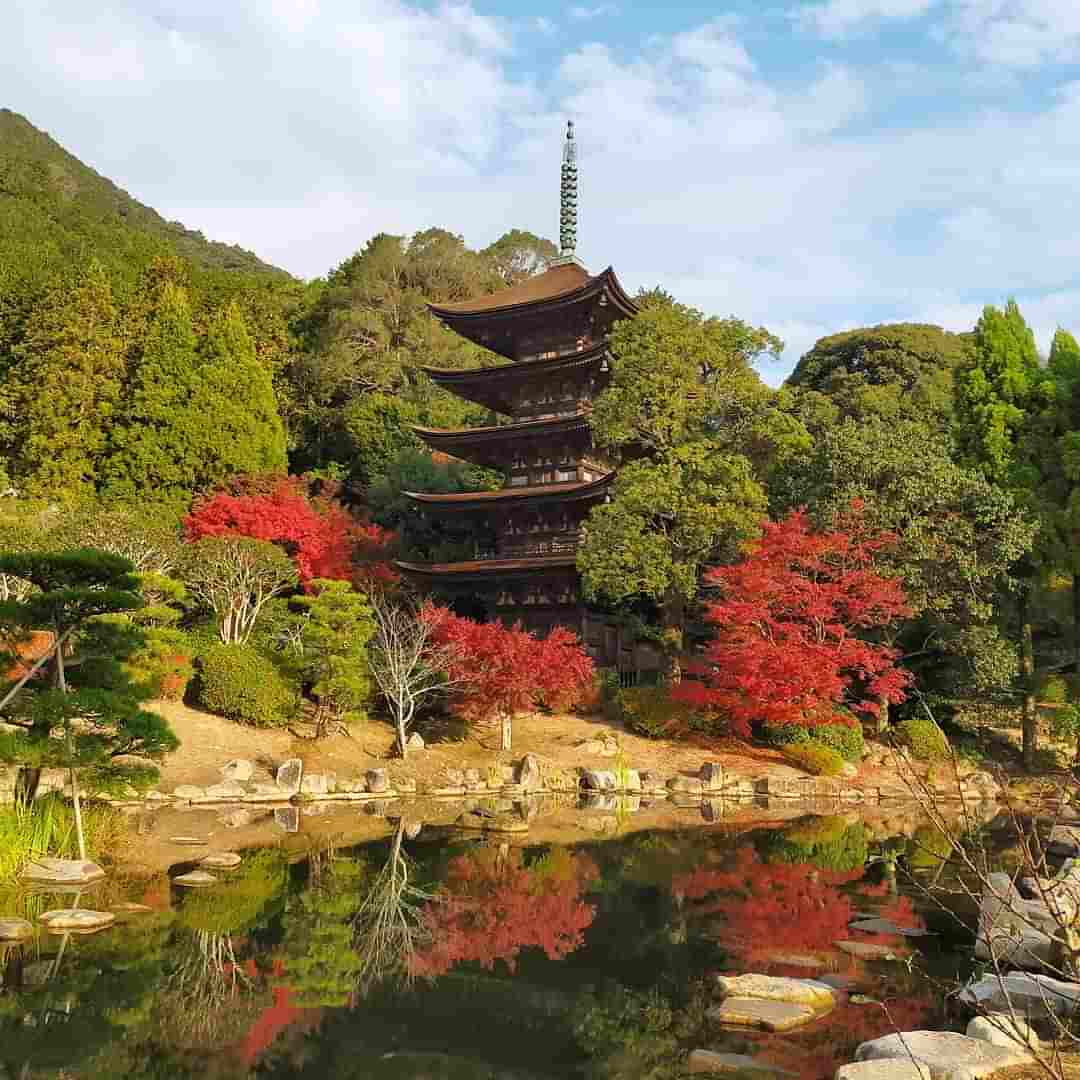
Ruriko-ji
瑠璃光寺
This is the main Buddhist temple in Yamaguchi, characterized by one of Japan's three greatest pagoda. The temple is inside Kozan park, surrounded by beautiful nature.
Check it on Google Maps or visit the english website to know more.
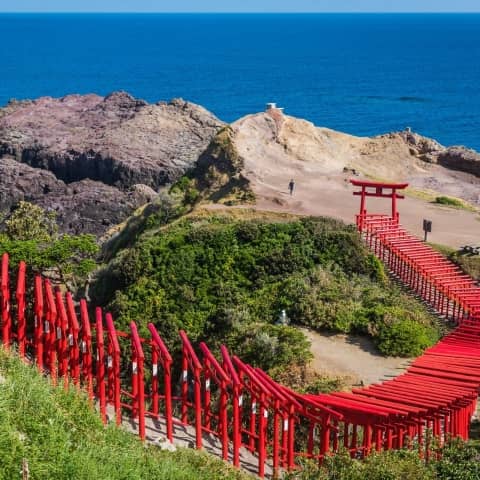
Motonosumi Inari Shrine
元乃隅神社
Situated on the remote city of Nagato, north-ovest of Yamaguchi, this wonderful scenery temple faces the sea of Japan. The crush of colors between 123 red Torii gates and the blue of both sea and sky is wonderful.
Check it on Google Maps or visit the official website (Japanese) to know more.
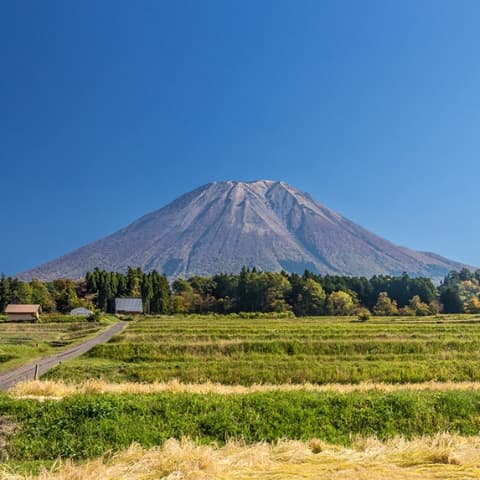
Mount Daisen
大山
The highest peak of Chugoku region, with snow activities from end of December to late March. Looking at it from the train, it resembles mount Fuji, rising out of nowhere.
Check it on Google Maps or visit the english website to know more.
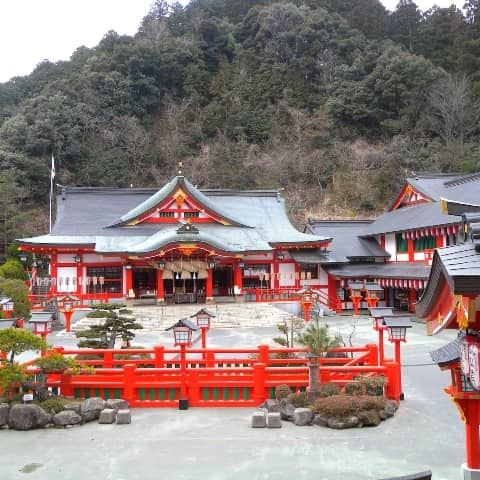
Taikodani Inari Shrine
太皷谷稲成神社
Located in Tsuwano city, this wonderful red shrine is one of the five greatest Inari shrines in Japan. The complex features a 15 minutes climb through a red Torii gates tunnel leading to the main shrine.
Check it on Google Maps or visit the official website (Japanese) to know more.
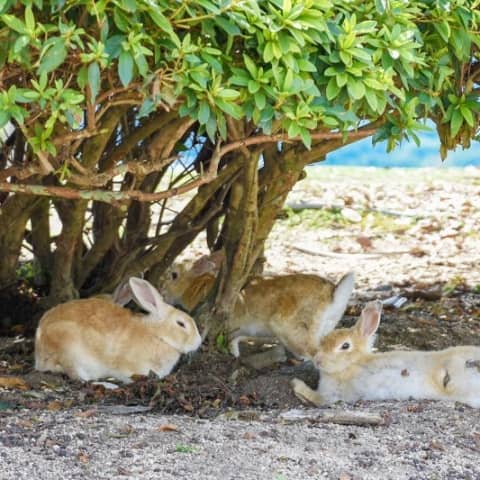
Okunoshima Island
大久野島
If you like animals, you'll remember this small island forever because is full of adorable rabbits. Grab rabbit food at resellers and enjoy the feeding of this cute furry pets.
Check it on Google Maps or visit the english website to know more.

Shimanami Kaido (bike tour)
しまなみ海道
Between Onomichi and Imabari, east of Hiroshima, there are 5 small island connected by Nishiseto Expressway. Flanking the highway, there is a 70 Km bike street accessible to everyone.
On both terminals there are rental bicycle shops. You can pick up a bike from Onomichi, enjoy the ride across the Seto inland sea and drop it at Imabari terminal. The rental costs are about 10$ each day for basics and 15$ for electrical assisted bicycles.
If you're not used to cycle 70 km in one day, plan to stay for a night at one of the many bike inns on the inland islands.
Visit the english website to know more.
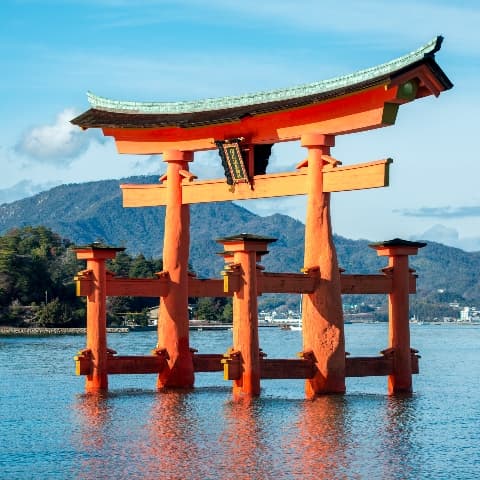
Itsukushima Shrine
嚴島神社
This iconic giant Torii gate, in the middle of the sea, is one of the three most famous view of Japan, along Matsushima bay and Amanohashidate.
Take the JR ferry (included within JR Pass) from Hiroshima and reach Miyajima island in 15 minutes. Being a famous tourist spot, expect to meet crowds.
If you check the sea tides in advance, try to get there when the tide is very low such that you can take some pictures while walking below the Torii gate.
Check it on Google Maps or visit the english website to know more.
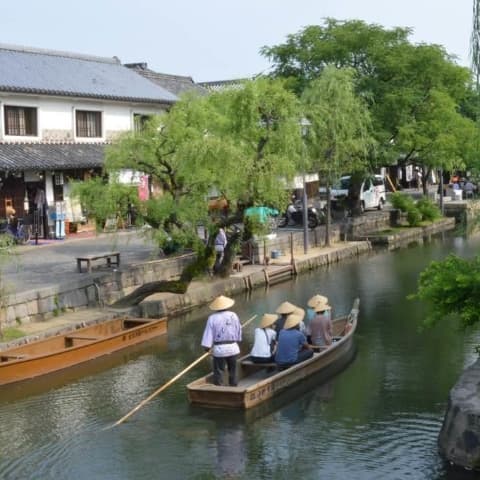
Kurashiki Bikan Historical Quarter
倉敷美観地区
Kurashiki is also called the small Venice, due to the characteristics small canals cutting cities streets. Take a ride on a boat and enjoy the slow Japanese lifestyle of the city.
Check it on Google Maps or visit the official website (Japanese) to know more.
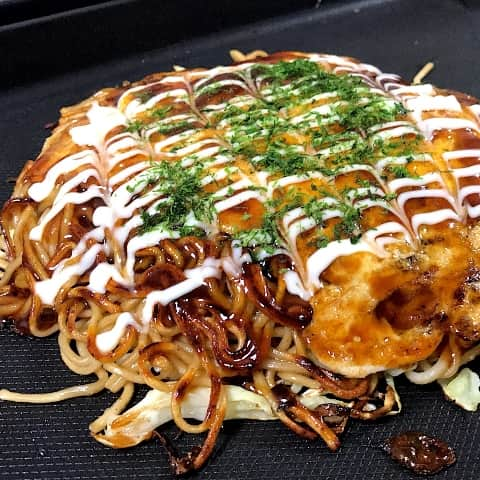
Hiroshimayaki
広島風お好み焼き
This is probably the best food of the region. It's Hiroshima style Okonomiyaki, a very common Japanese grilled dish, but way bigger in size and toppings!!
The best restaurants are closed at dinner so make sure to head there at lunch while visiting Hiroshima.
Chūgoku itinerary
Here’s our original 5 days itinerary to visit the region in summer:
12 August – Arrive in Kurashiki city, enjoy walking through this canal town and then move to Okayama city for Kōraku-en Garden summer illuminations;
13 August – Move to Hiroshima city to visit the Peace Memorial Park, try the delicious Hiroshima-yaki and then enjoy summer festival and fireworks show in the nearby town of Yanai;
14 August – Visit the bridge and castle of Iwakuni city before moving to Fukuyama, that fires up with dances in the afternoon;
15 August – Let’s head north to Tottori city to visit the sand museum, take part on Shan-Shan Matsuri and enjoy the fireworks show;
16 August – Finally, visit the rural city of Matsue and the important Izumo-taisha Grand Shrine before the last summer festival in Yasugi town.
You can read our detailed blog post of this itinerary, with train connections, event schedules and descriptions of the main points of interest.
Chūgoku transportations guide
Trains
The main train line is the San’yō Shinkansen line, passing through Okayama and Hiroshima and connecting the Chūgoku region with the island of Kyūshū and the Kansai region. In addiction, other regional JR lines run both on north and south coasts, allowing you to visit all the major cities.
Different train lines also connect the north and south of Chūgoku, but not all of them are included within the Japan Rail Pass. For example, the section between Kamigōri and Chizu, known as Chizu-Kyūkō railway, allows a fast connection to Tottori. For this connection, you’ll need to pay an additional ticket fee while riding the train.
To know more, here’s the Japan railway map from the Japan Rail Pass official website and our JR Pass and trains blog post.
Airports
If you are moving from north of Japan, it might be a good idea to reach Chūgoku by airplane since internal flights aren’t expensive and they cut down travel times.
Other regional airports are Okayama, Hiroshima, Tottori and Yonago in Tottori prefecture, Iwakuni and Yamaguchi in Yamaguchi prefecture and finally Masuda and Izumo in Shimane prefecture.
Ports
On Hiroshima coastal area, there are many ferries connecting to Seto inland sea small islands. The most famous island is Miyajima, thanks to Itsukushima-jinja Shrine and its big torii in the middle of the sea.
To get there, take the JR ferry at Miyajimaguchi, included withing JR pass and widely used by loads of tourists every year.
Another coastal area served by ferries is San’in coast, connecting Matsue with Dōgojima and other smaller islands.

